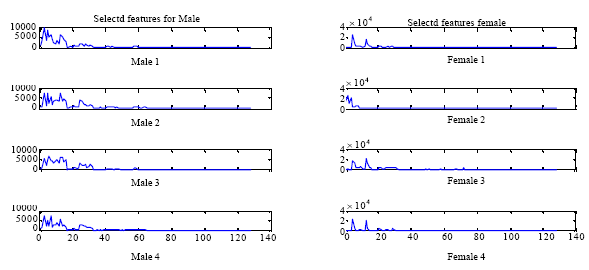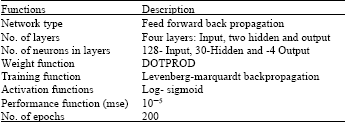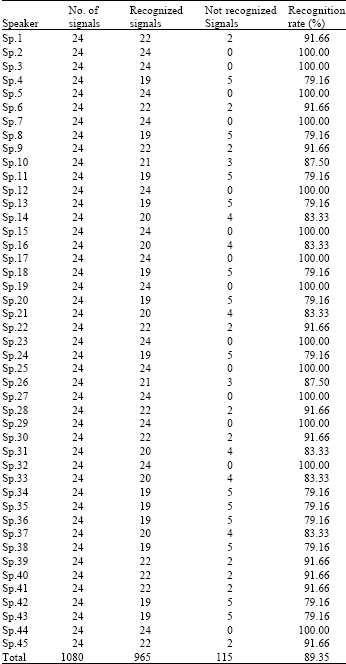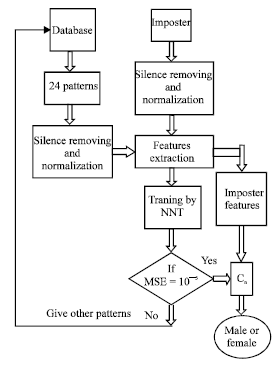Research Article
Wavelet Packet and Percent of Energy Distribution with Neural Networks Based Gender Identification System
Department of Computer Engineering, Philadelphia University, Jordan
Khaled Daqrouq
Department of Communication and Electronics Engineering, Philadelphia University, Jordan
Mohamed Sherif
Department of Communication and Electronics Engineering, Philadelphia University, Jordan
















